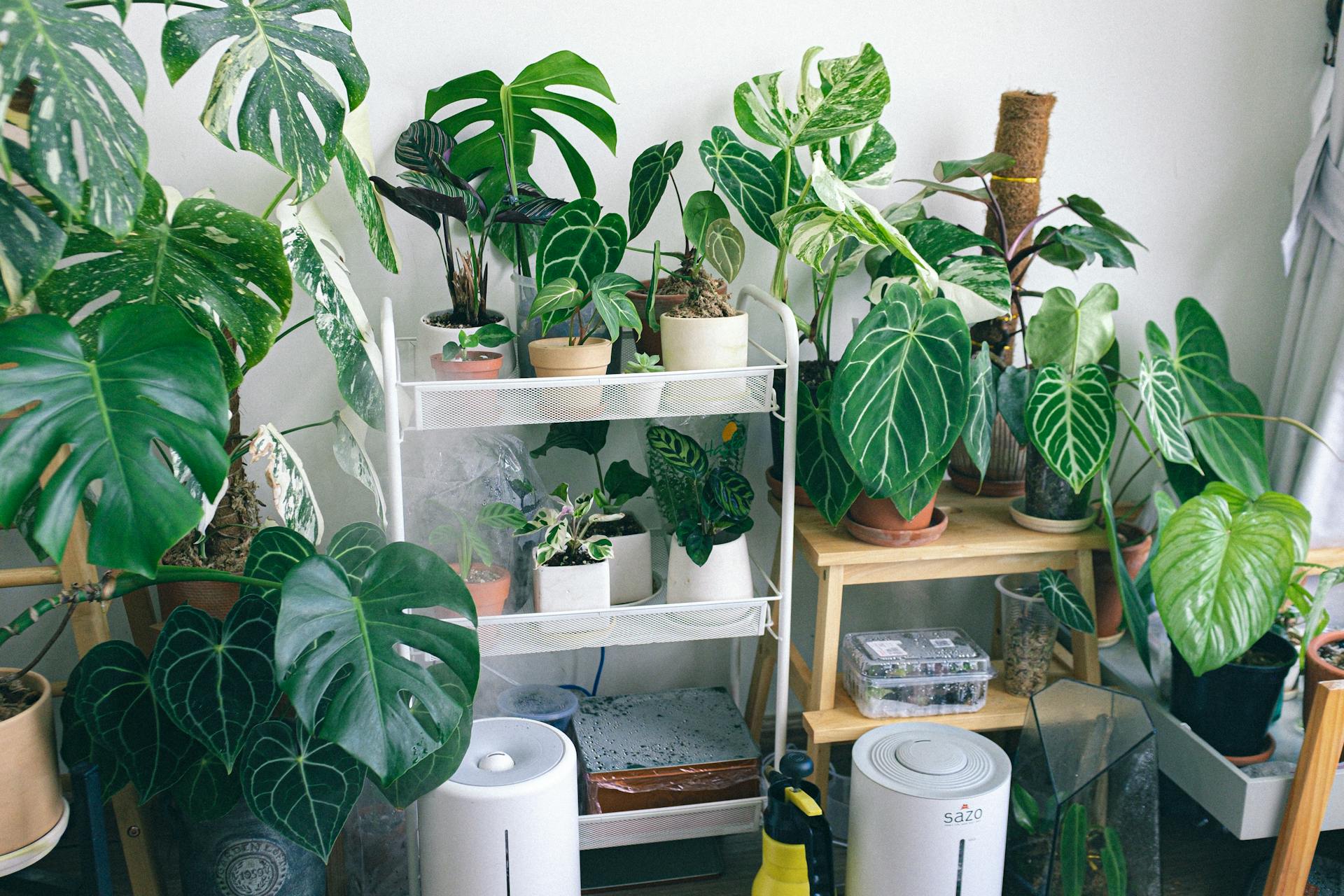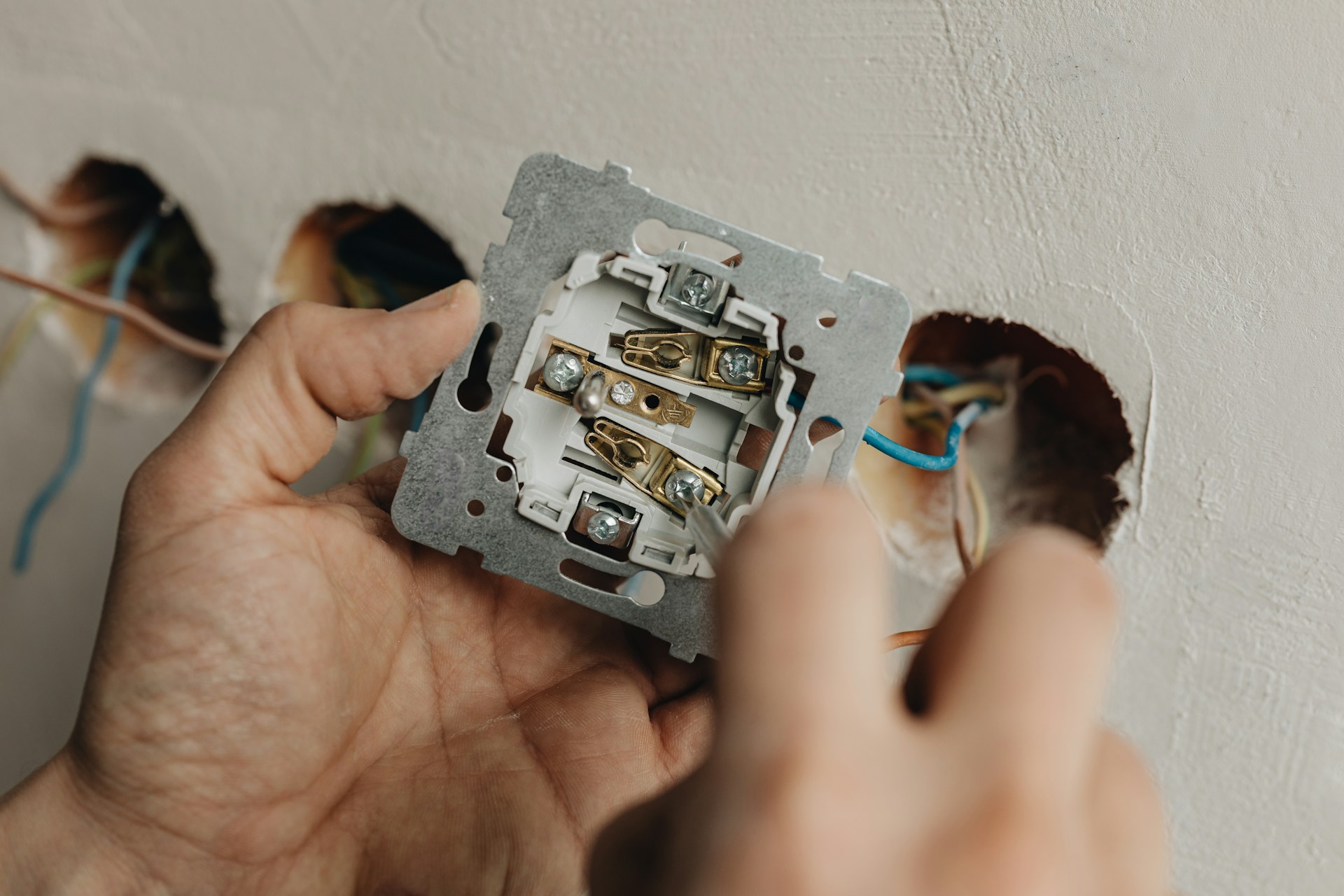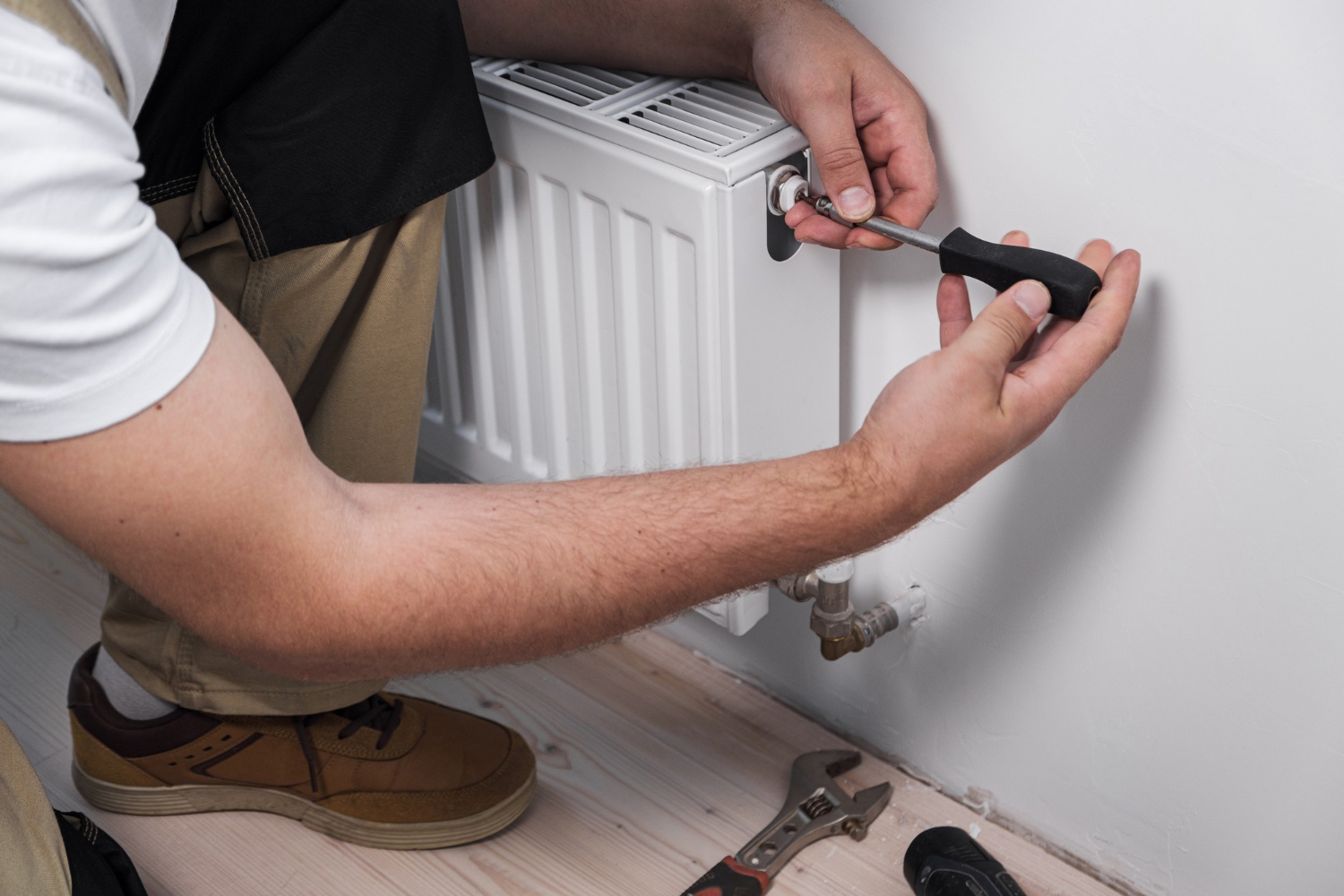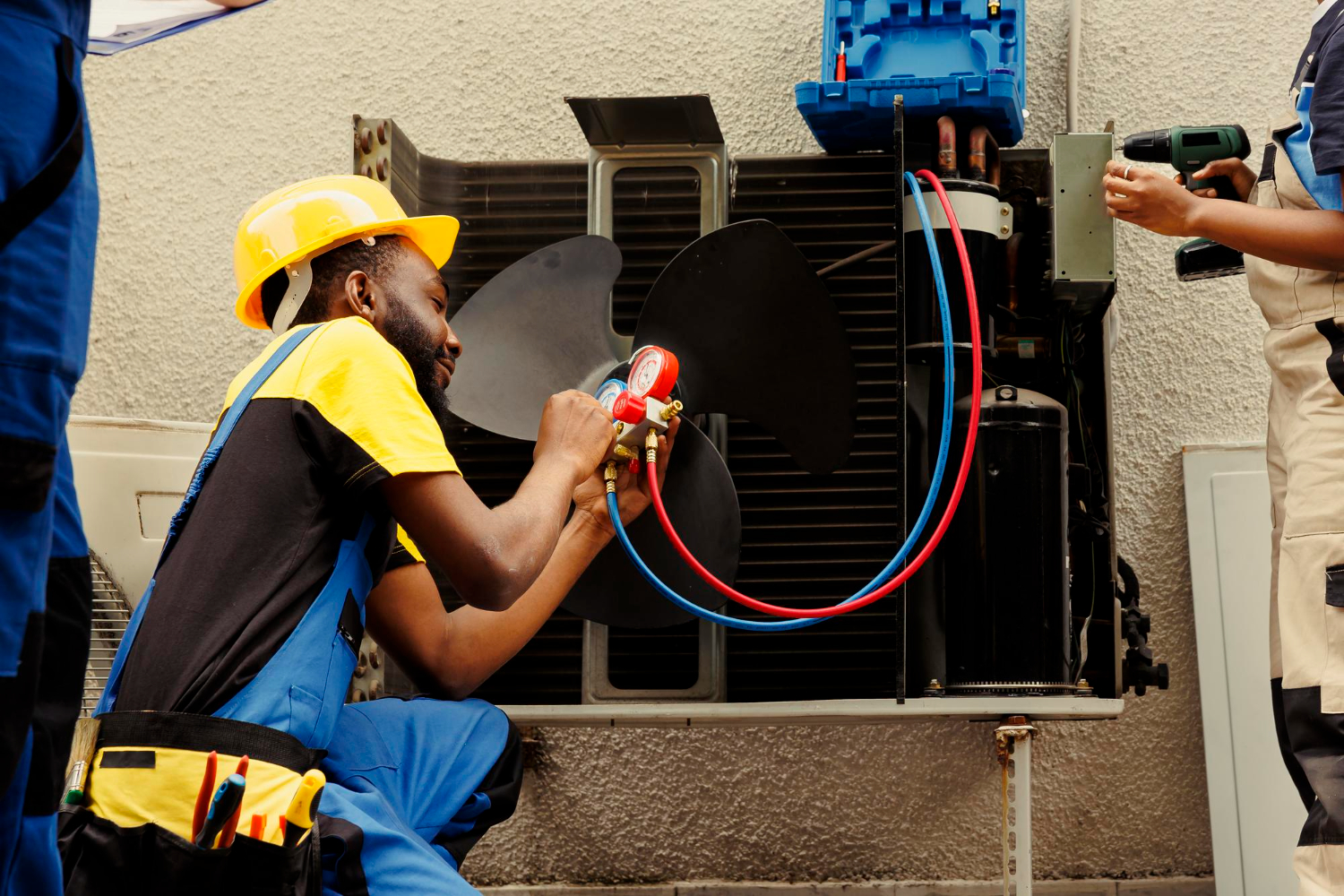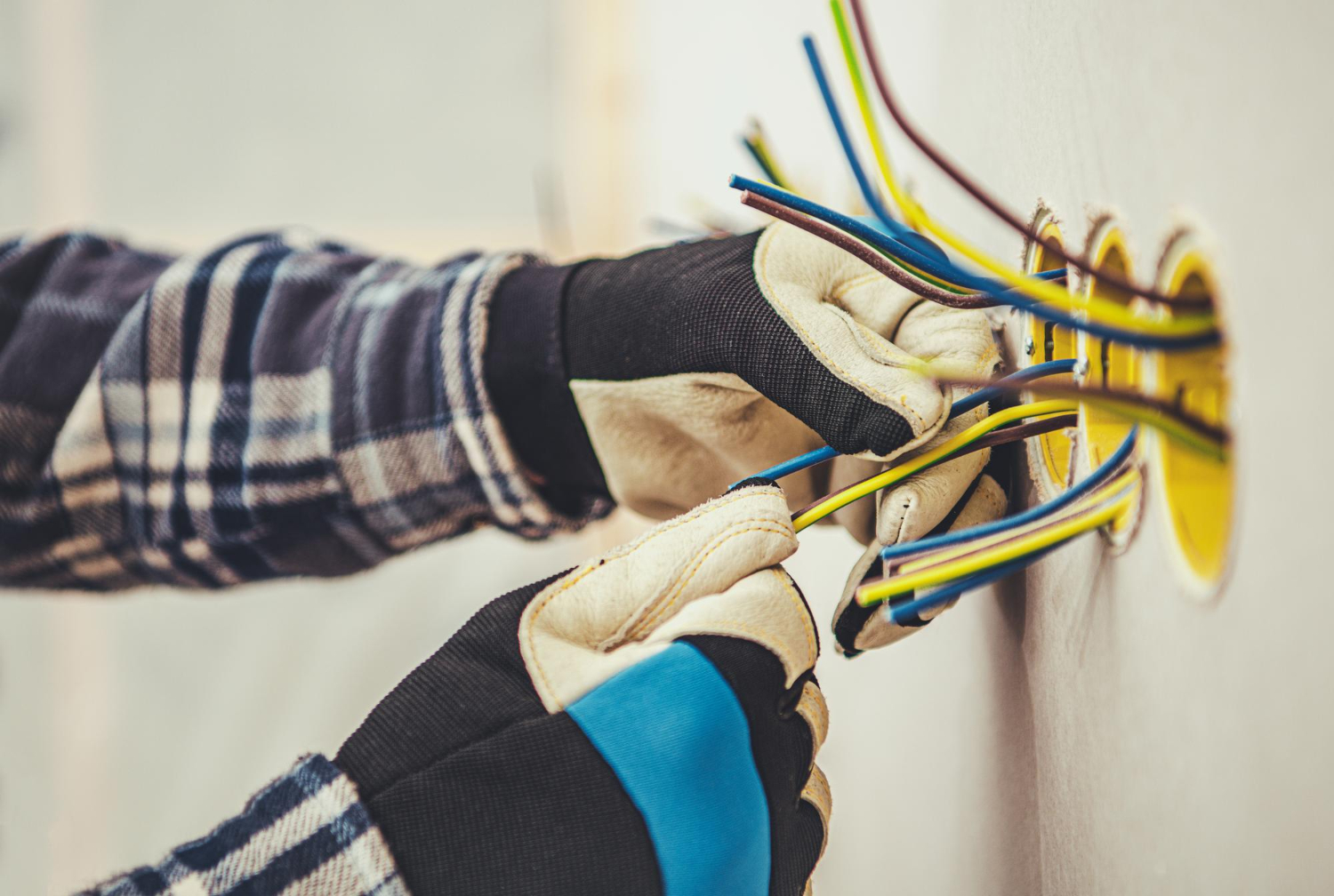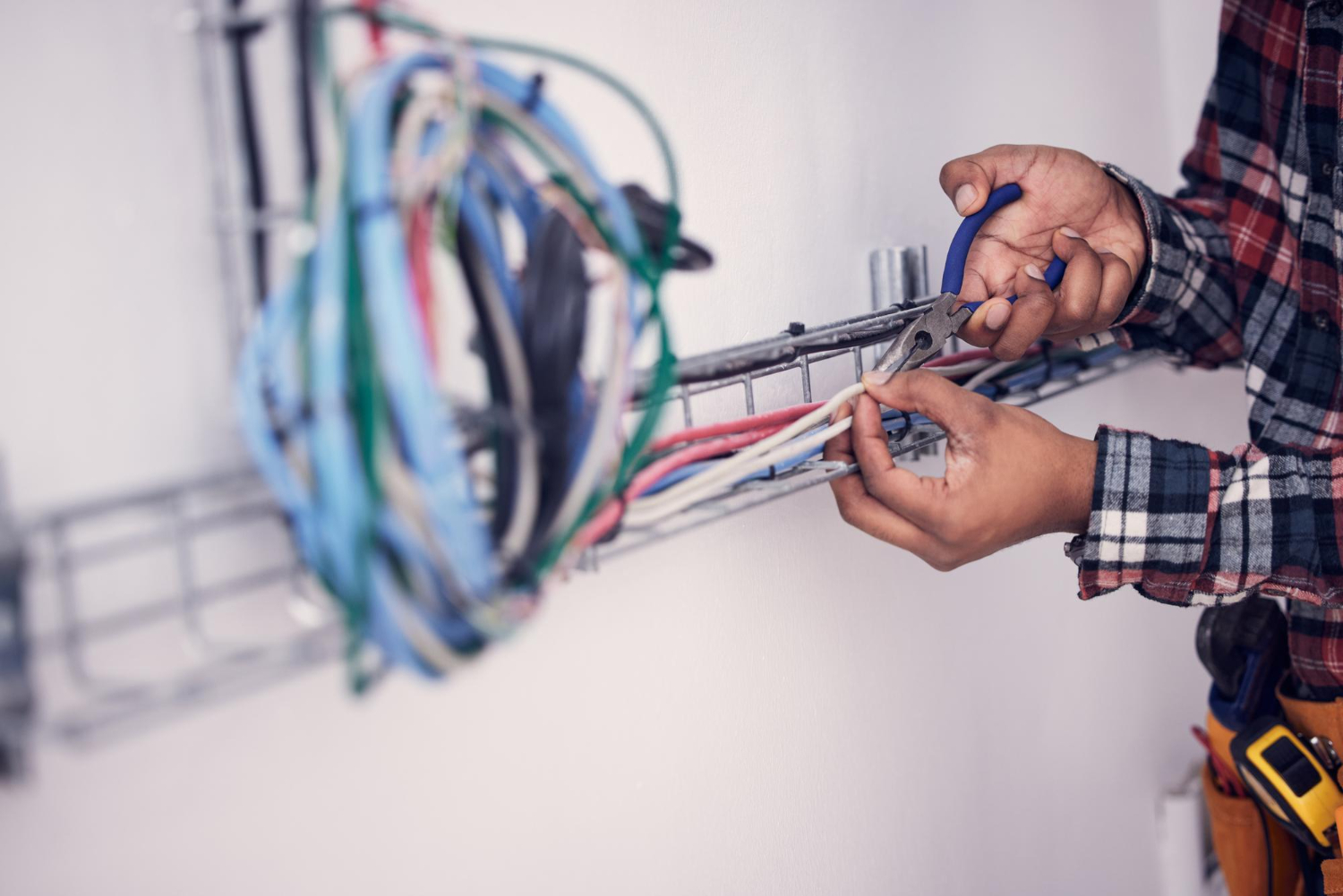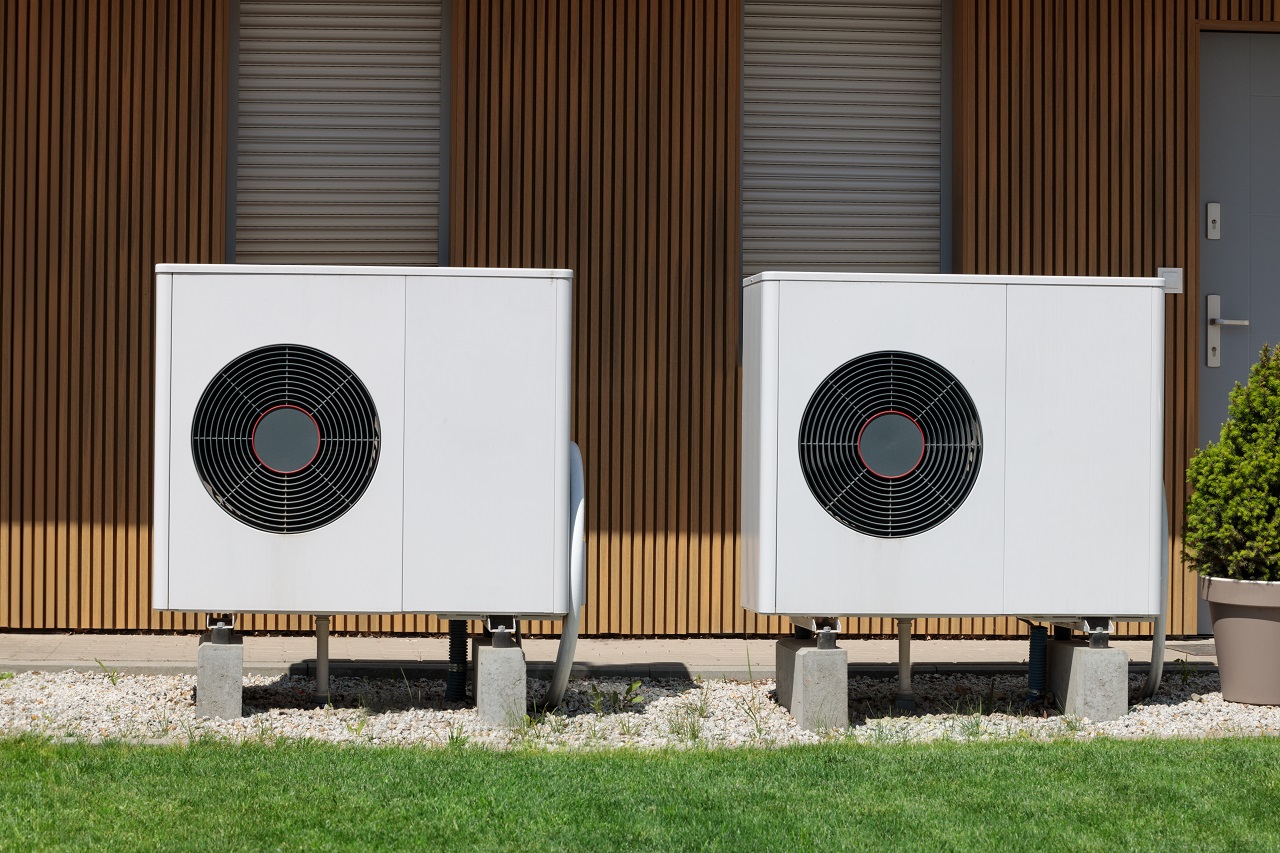The air in your home significantly impacts your health and comfort. Breathing clean, fresh air can improve your overall well-being and help you avoid health issues like allergies and respiratory problems. Many people think that keeping the air inside the house fresh requires complicated and expensive solutions. However, simple steps can make a big difference in maintaining good indoor air quality.
One of the easiest ways to ensure your home’s air stays fresh is by understanding and maintaining indoor air quality. Regular upkeep of your HVAC system also plays a crucial role in keeping the air clean. A well-maintained HVAC system can filter out pollutants and circulate fresh air throughout your home.
Adding good ventilation practices and using tools like air purifiers can also enhance the air quality. Plants are another natural option that can help purify the air. These simple, everyday actions can drastically improve the air you breathe inside your home, ensuring a healthier and more comfortable living environment. Taking care of your indoor air doesn’t have to be complicated or time-consuming, but it does require attention and a few thoughtful changes.
Understanding the Importance of Indoor Air Quality
Indoor air quality (IAQ) directly affects your health and comfort. Poor air quality can lead to various health problems, including allergies, asthma, and other respiratory issues. Dust, pollen, pet dander, mold spores, and even household chemicals can pollute the air inside your home. These pollutants can cause discomfort and serious health problems if not managed properly.
Improved IAQ makes your home more comfortable and healthier. For example, cleaner air can help reduce symptoms for those with allergies or asthma. Even if you don’t have respiratory issues, breathing clean air can make you feel better and more energetic. Keeping your home’s air clean is important for everyone who lives there, including pets.
Maintaining good IAQ is not difficult. Regularly cleaning your home, using air purifiers, and ensuring proper ventilation are simple steps that make a big difference. It’s also important to have your HVAC system checked and maintained regularly to help keep the air clean and fresh.
Regular HVAC Maintenance for Better Air
Your HVAC system plays a crucial role in maintaining good indoor air quality. When your system is clean and well-maintained, it effectively filters out dust, pollen, and other pollutants. Regular maintenance prevents these particles from circulating in your home’s air.
One essential maintenance task is changing the HVAC filters regularly. Dirty filters can’t trap pollutants effectively, and they can even circulate dust and dirt through your home. Check your filters monthly and replace them when they are dirty, typically every 1-3 months depending on your home’s air quality and the filter type.
Another important task is scheduling regular HVAC tune-ups. These tune-ups involve a professional inspecting and cleaning the system, ensuring it runs efficiently. This maintenance includes cleaning the coils, checking the refrigerant levels, and inspecting the ducts for leaks or blockages. A well-maintained HVAC system not only keeps the air cleaner but also runs more efficiently, saving you money on energy bills.
Regular maintenance of your HVAC system is a simple yet effective way to ensure that the air in your home stays fresh and clean. Make it a habit to take care of your system, and you’ll enjoy better air quality and a more comfortable living environment.
Easy Ventilation Tips to Improve Airflow
Good ventilation is key to maintaining fresh air in your home. Proper airflow helps remove stale air and pollutants while bringing in clean air from outside. Here are some simple tips to improve ventilation in your home:
1. Open Windows and Doors: The easiest way to improve ventilation is by opening windows and doors. Even if it’s just for a few minutes each day, this can help to let in fresh air and let out stale air.
2. Use Exhaust Fans: Install exhaust fans in your kitchen and bathrooms. These fans help remove moisture and odors, reducing the risk of mold growth. Turn them on while cooking or showering to improve airflow.
3. Strategic Use of Fans: Using fans can help circulate air throughout your home. Place box fans in windows, facing outwards, to push stale air outside. Ceiling fans can also help by circulating indoor air, making it feel fresher.
4. Keep Vents Open and Unblocked: Ensure that air vents and registers are open and not blocked by furniture or other items. This allows your HVAC system to distribute air evenly throughout your home.
Improving ventilation may involve a few changes to your daily routine, but it can make a significant difference in your home’s air quality. These simple steps help ensure a healthier and more comfortable living environment.
Using Air Purifiers and Plants to Enhance Air Freshness
Air purifiers and plants are great tools for keeping your home’s air fresh and clean. These additions to your home can make a noticeable difference in air quality.
Air Purifiers: Air purifiers remove pollutants from the air, such as dust, pollen, pet dander, and even odors. They are especially helpful for people with allergies or asthma. Choose a purifier with a HEPA filter for maximum effectiveness. Place them in rooms where you spend the most time, like bedrooms and living areas. Regularly change the filters to keep the purifier working well.
Plants: Houseplants not only add beauty to your home but also help clean the air. Certain plants, like spider plants, peace lilies, and snake plants, are known for their air-purifying abilities. They absorb pollutants and release fresh oxygen. Place a few plants in different rooms to help keep the air fresh.
Combining air purifiers with houseplants creates a powerful duo for maintaining healthy air. These solutions are easy to implement and provide continuous benefits for your home’s air quality. Regular care and maintenance, such as watering plants and cleaning the air purifiers, will ensure they remain effective.
Conclusion
Keeping your home’s air fresh and clean doesn’t have to be complicated. By understanding the importance of indoor air quality, maintaining your HVAC system, improving ventilation, and using air purifiers and plants, you can create a healthier living environment for you and your family. Each of these steps is simple to implement and can make a significant impact on the air you breathe every day.
Remember, taking these actions not only benefits your health but also extends the life of your HVAC system and enhances the comfort of your home. Regularly addressing air quality helps prevent problems before they become serious, saving you time and money in the long run.
For expert assistance and advice on maintaining your home’s air quality, contact Turner On Services. Our team of professionals is ready to help you with all your HVAC and indoor air quality needs. Call us today to schedule a check-up and breathe easier knowing your home is in good hands.


